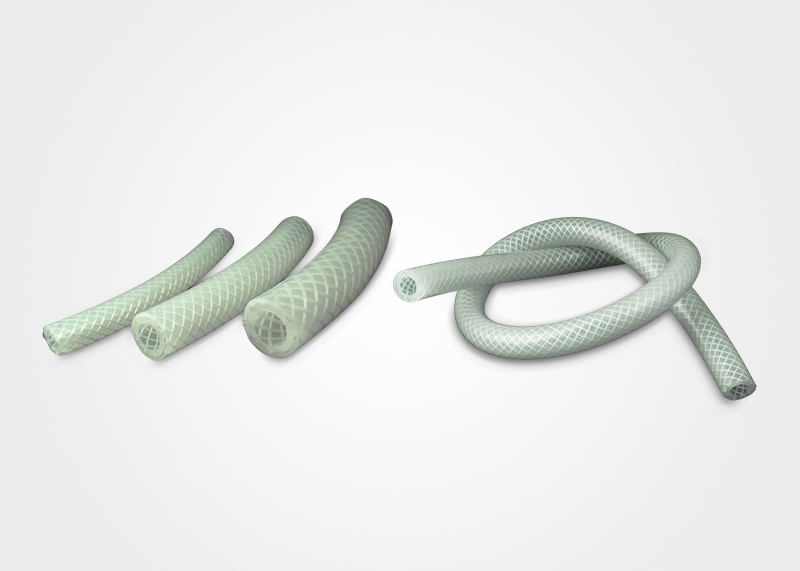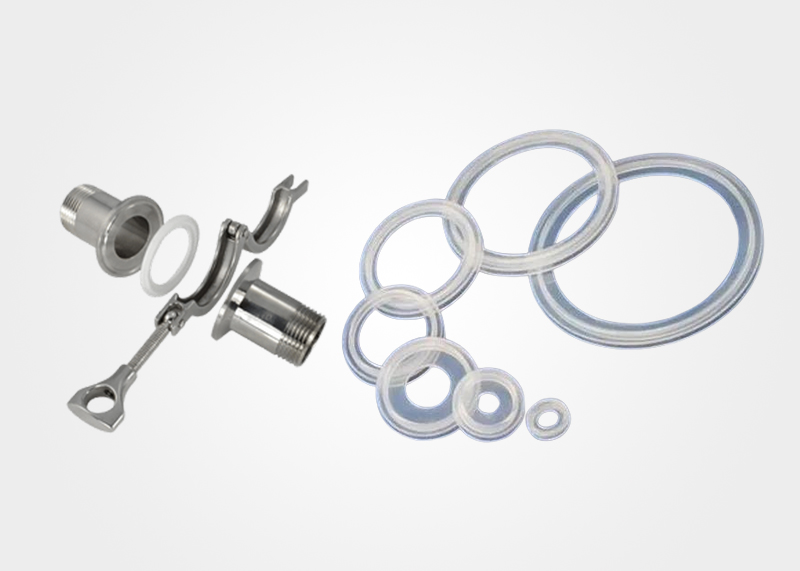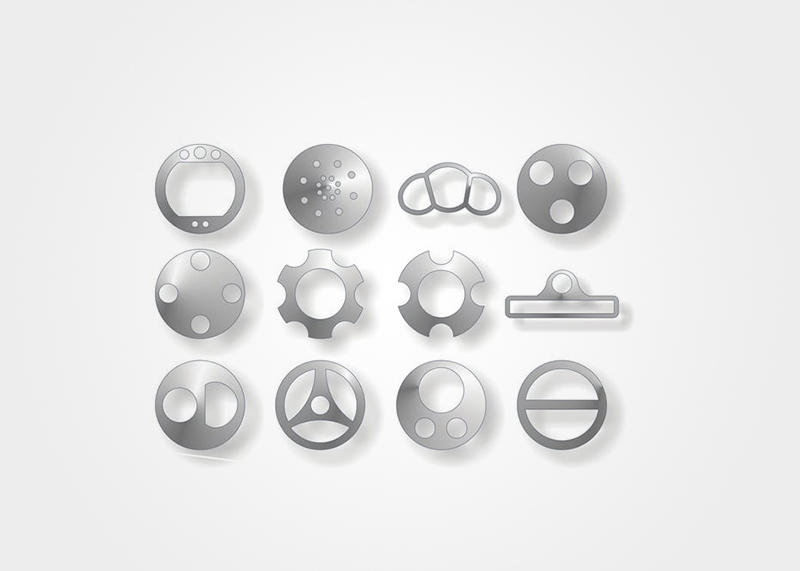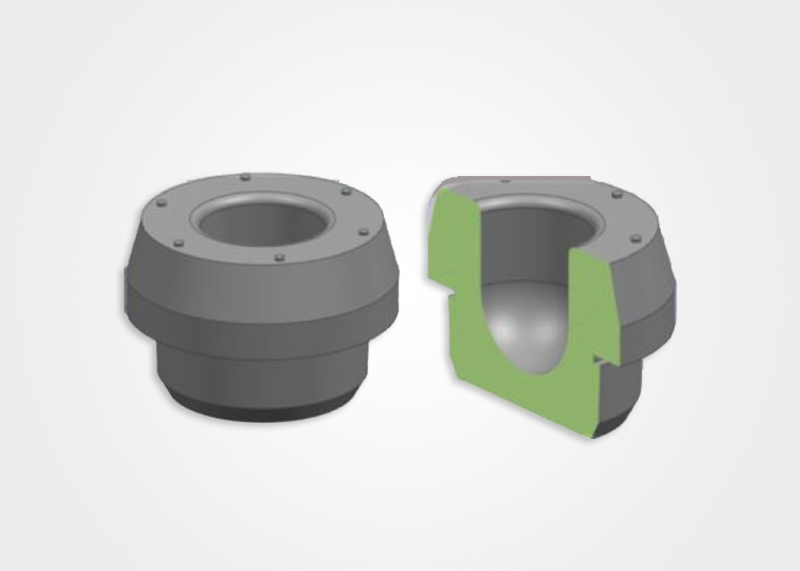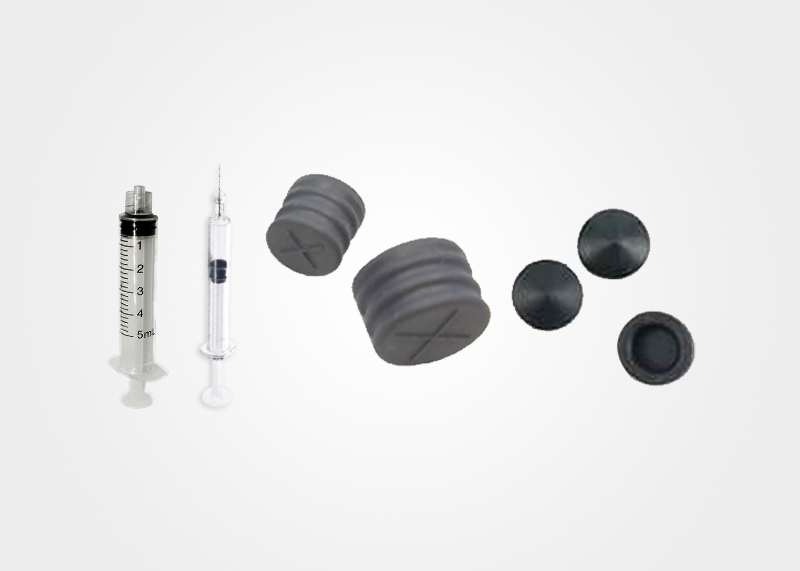Silicone O Rings
Key Features
- 1Excellent resistance to extreme temperatures -50°C to + 232°C.
- 2Resistant to hot air, ozone, UV radiation, engine and transmission oils (FVMQ), animal and vegetable fats, and oils.
- 3Silicone can be compounded to be electrically resistant, conductive, or flame retardant.
- 4Metal detectable
Applications
- 1Membrane Filter Holder
- 2Heat Exchanger
- 3Spray Guns
- 4Filter Housing
- 5RMG Discharge Port
- 6Pneumatic Cylinder

.png)
